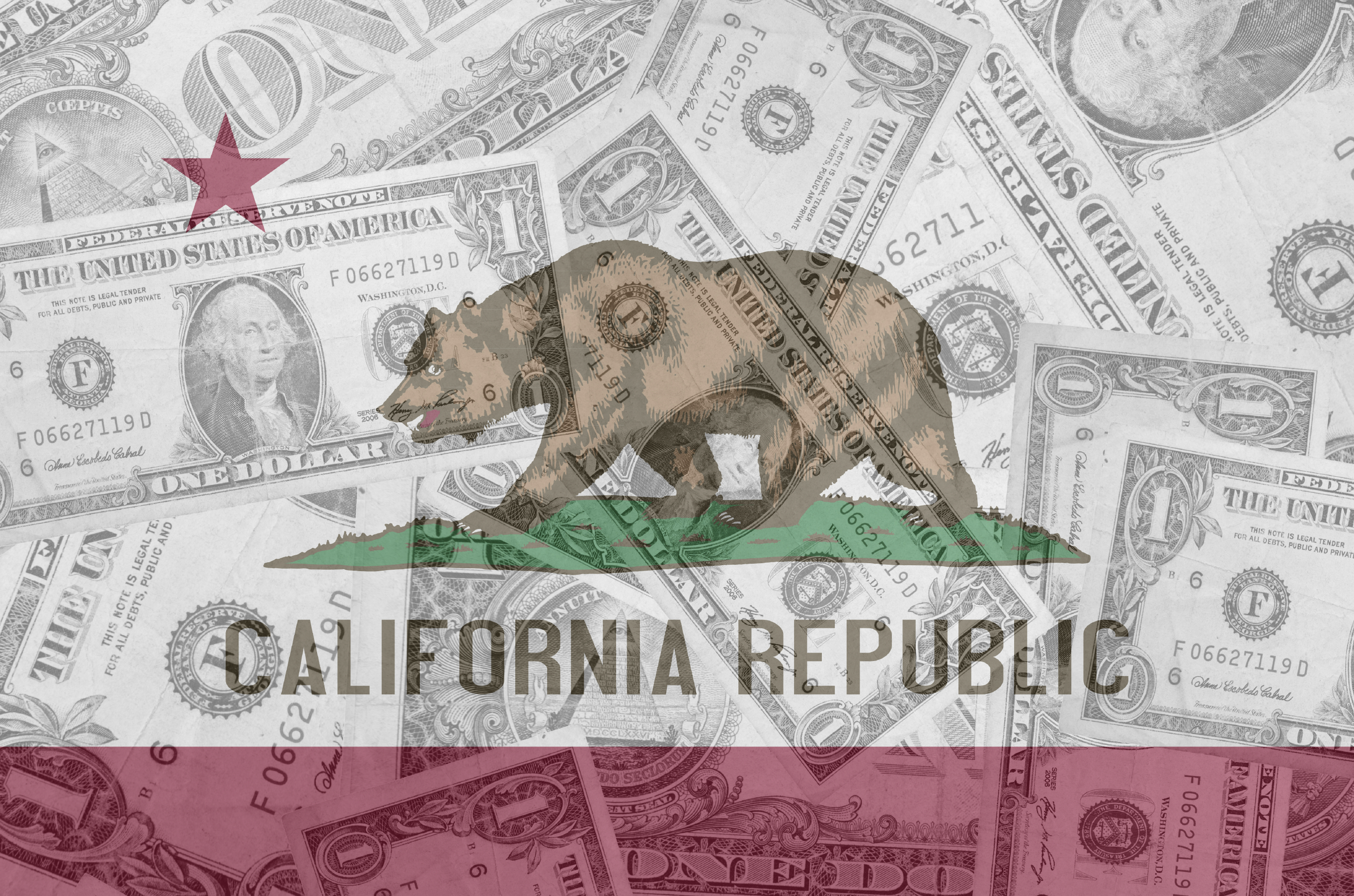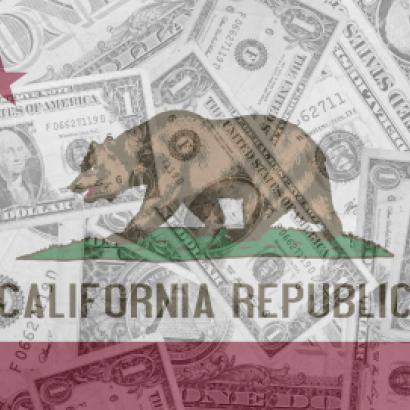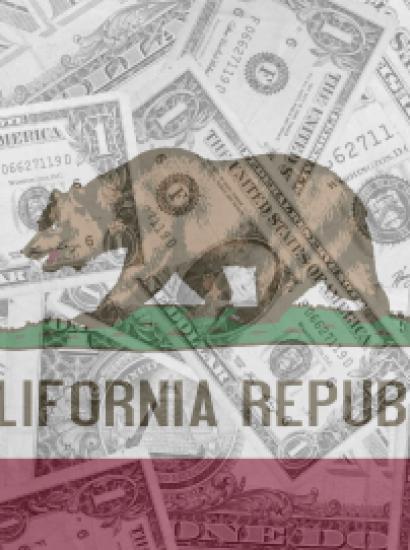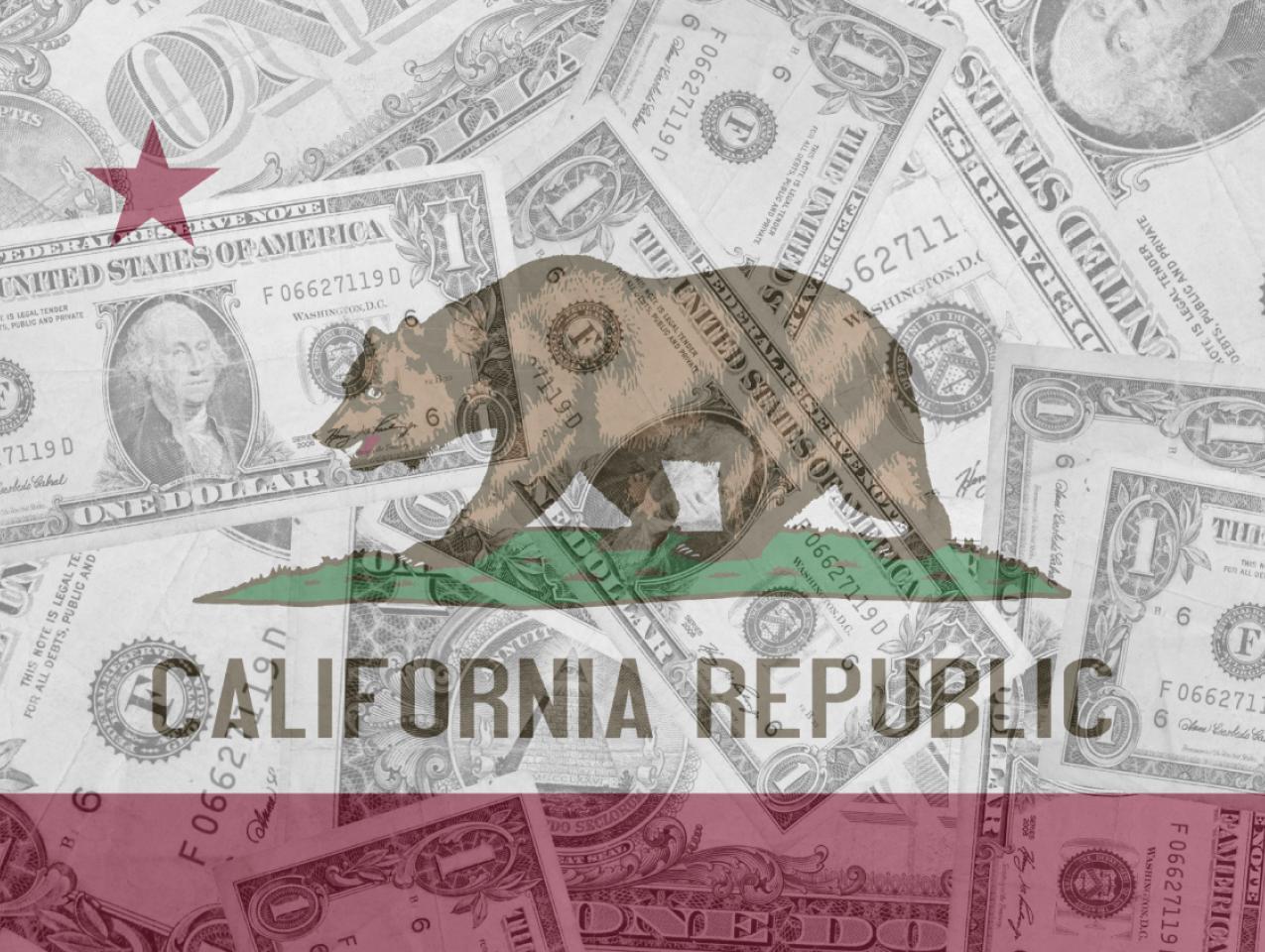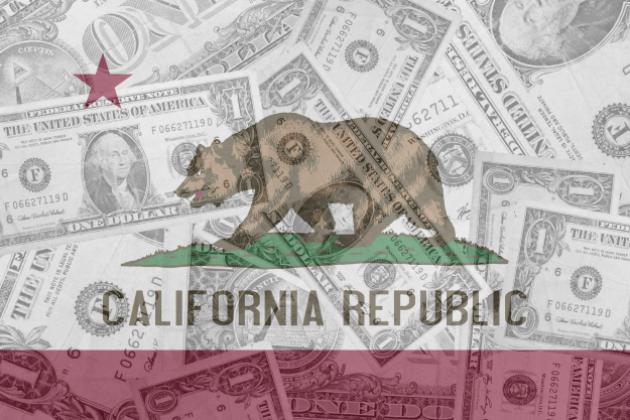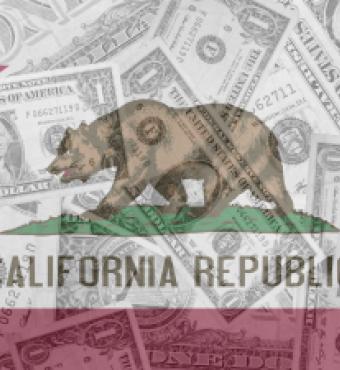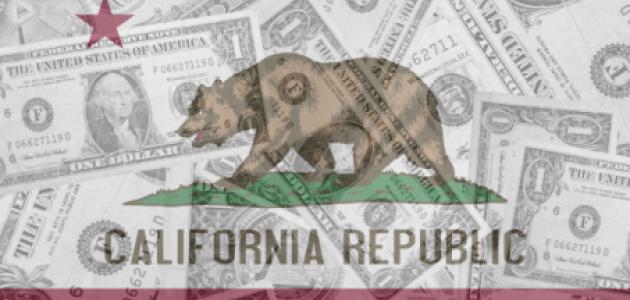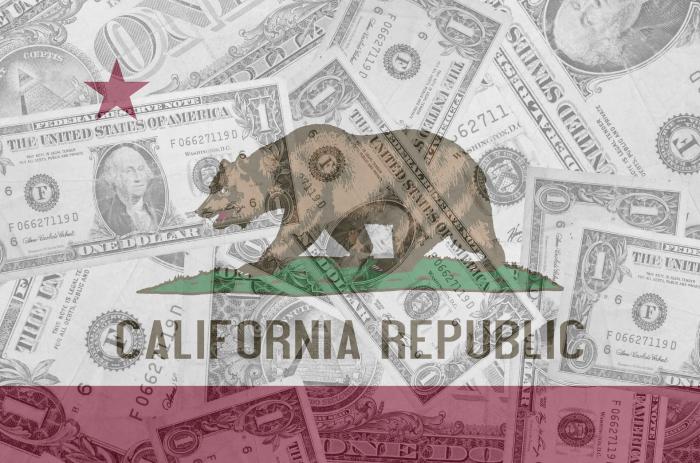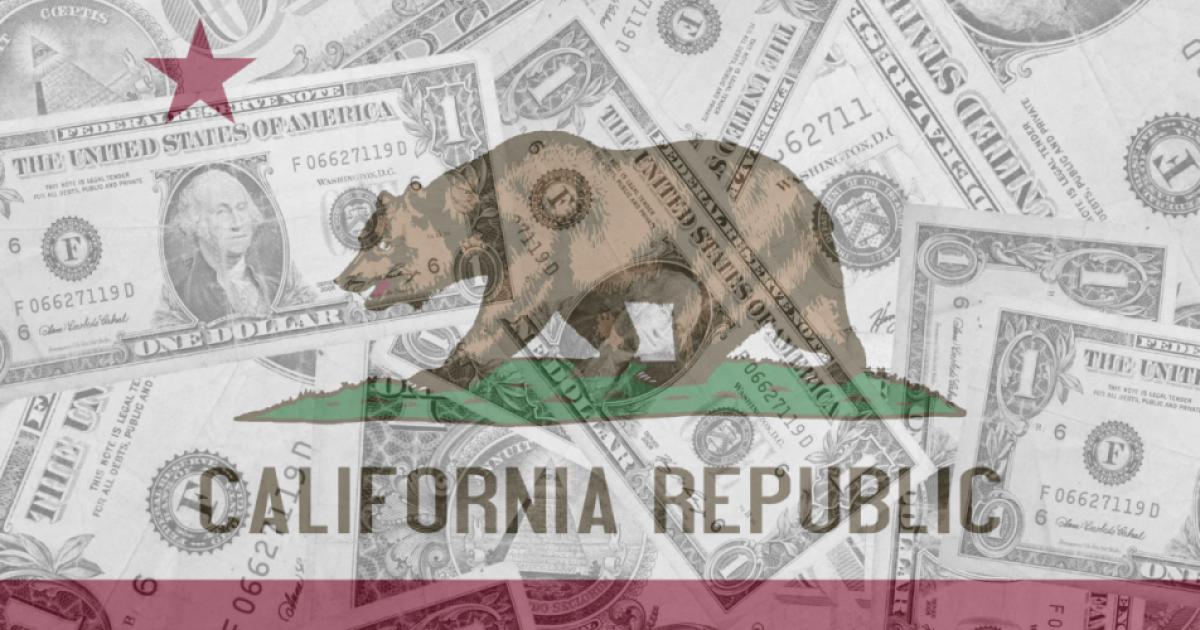- State & Local
- California
Whoever said April is “the cruellest month” (actually, it was the poet T. S. Eliot) wasn’t familiar with the nuances of California’s state budget, which is revised every May. Which isn’t so much “cruel” as a sad reflection of image-obsessed California’s lack of fiscal fitness.
That sadness is made evident with last week’s rollout of the revised version of Gov. Gavin Newsom’s proposed 2025–26 state budget—“revised” in that Newsom’s blueprint, first introduced in January, has been updated to reflect actual tax revenue plus other economic considerations.
What we learned: Newsom has a challenge on his hands in the form of a $12 billion hole in a proposed $321.9 billion spending plan ($226.4 billion from the state’s General Fund, $89 billion from special funds, and $6.5 billion from bond funds)—a challenge he has to address before the beginning of the new fiscal year in July, as California’s state constitution requires a balanced budget.
Lest one believes that this is the worst the Golden State has had fiscal-wise, here’s a brief history lesson.
In 1991, a newly elected Governor Pete Wilson (full disclosure: I served as his chief speechwriter) had to deal with a $14 billion hole in a $43 billion General Fund—a 1-in-3-dollar deficit—versus the 1-in-19-dollar shortcoming that Newsom faces with his General Fund).
How California dug itself out back then: $7.7 billion in temporary higher taxes, $5.1 billion in service cuts, plus a few bookkeeping gimmicks—shared pain that the current lineup in Sacramento likely wouldn’t consider. (That “pain” includes higher sales tax, vehicle license fees, and public university enrollment fees, and reductions in welfare grants).
In fairness to the current ruling class in Sacramento, they do face headwinds, which include the following five “downward revision of key economic factors” cited by Newsom’s bean-counting Department of Finance (the state’s equivalent of the White House’s Office of Budget Management):
- U.S. real GDP growth is downgraded by 0.7 percentage point in 2025 and by 0.3 percentage point in 2026.
- U.S. job growth, while upgraded by 0.1 percentage point in 2025, is downgraded by 0.3 percentage point in 2026 as the impacts of tariffs take full effect.
- The U.S. unemployment rate is revised higher by an average of 0.3 percentage point in both 2025 and 2026, to reach (respectively) 4.4 percent and 4.9 percent.
- These changes in the national outlook are expected to be fully felt throughout California’s economy, particularly because of the substantial volume of commerce that flows through California’s ports.
- Projected wage and salary growth has been considerably downgraded, with some of the downgrade coming from irregular payments such as bonuses and stock options, as tariffs make businesses less profitable.
One might notice that while “tariffs” received passing mentions, another T word is missing: “Trump.” Which wasn’t the case when Newsom revealed his newly revised budget last week—and seemed to revel in blaming the tariff-wielding president for the Golden State’s fiscal plight.
“California is under assault,” Newsom declared at the Sacramento press conference. “The United States of America, in many respects, is under assault, because we have a president that has been reckless in terms of assaulting those growth engines, has created a climate of deep uncertainty and certainly has California in his sights.”
But is what Newsom called a “Trump slump” the real culprit here?
To blame the president avoids owning up to some glaring problems with California’s finances—a cautionary tale that involves plenty of dollars but little fiscal sense.
One such problem: lawmakers addicted to spending.
Were lawmakers to take the path of least resistance between now and July —i.e., go along with everything the governor has proposed and since modified—General Fund spending will have increased 61% on Newsom’s watch (from $140.4 billion in the 2018–19 budget he inherited to $226.4 billion currently on the table).
Not that Newsom is the lone ATM to have sat in the governor’s office. Newsom’s predecessor, the supposedly “austere” Jerry Brown, grew the General Fund by 53% during his two terms covering 2011–19. Wilson, the last California Republican governor to serve two full terms, oversaw a 43% growth in the General Fund during the 1990s; he left office with a $57.8 billion General Fund, or one-fourth what Newsom has requested (here’s a chart chronicling California budget expenditures over the past 45 years).
In other words, California has a spending problem—one that’s readily apparent to the media (the Los Angeles Times noting “overspending” in its reporting) but not to the governor (asked if California spends too much, Newsom resorting to 90 seconds of evasive word salad).
To put this in context with other “mega” states, let’s look at Texas and Florida, homes to America’s second- and third-largest populations, respectively.
Texas lawmakers are mulling a $337 billion budget—in the ballpark of California’s spending plan, save for one minor detail: it’s a two-year budget. The Lone Star State also parts ways with California in that $51 billion of that sum would go to providing and maintaining new property tax cuts. Last weekend, Texas Governor Greg Abbott announced that he’s signed a joint resolution placing a constitutional ban on capital gains taxation, subject to voter approval.
As for Florida and a population about three-fifths that of California (including Newsom’s in-laws), Governor Ron DeSantis has proposed a $115.6 billion budget—i.e., roughly one-half of Newsom’s proposed General Fund.
A second fiscal malady in California: friends with benefits.
Here, I defer to the excellent research done by Stanford lecturer David Crane, whose On California blog is must-reading for Golden State policy wonks.
Noting that Newsom’s proposed budget includes $45 billion in spending on salaries and benefits for 255,000 state workers (the state budget’s third-largest expenditure), Crane asks:
- Does the state need 255,000 employees, 20 percent more than when Newsom took office?
- Is $45 billion of spending on salaries and benefits appropriate? In comparison, Jerry Brown’s final budget six years ago spent $32 billion on salaries and benefits.
- What is the relationship, if any, between state spending on state employees and political support of Newsom by government unions representing the employees with whom he bargains?
Govern for California, Crane’s watchdog organization, may have the answer. It reports that for the years 2010–15, Newsom received over $21.5 million in donations from public-sector unions—three times the $7.2 million donated by private-sector unions.
As for California’s third budgetary problem, it’s a rickety tax structure that could lead to a full-blown crisis by the decade’s end, depending on the whims of lawmakers and voters.
Apropos of a state that vacillates between floods and droughts, the revenue stream going into Sacramento’s coffers isn’t so much a steady river as a creek that overflows in good times and slows to a trickle in times of recession or market uncertainty.
Why the inconsistency? Because three-fifths of the money that goes to the state’s General Fund comes from personal income—almost double the combined revenue gained through corporate and sales taxes.
Even worse, it’s a select portion of taxpayers who are carrying the load. According to a recent study by GoBanking Rates, the Golden State’s top 1% of earners (about 175,000 tax returns annually) paid about 39% of the state’s total income taxes—a generous tithe considering the same 1% accounts for about one-quarter of the state’s total adjusted gross income.
So, how does this all impact the current budget?
Newsom already has introduced plenty of options to reduce spending, the most controversial of which might be his decision to no longer accept new adult enrollees (ages 19 and older) who lack permanent legal status into the state’s Medi-Cal insurance program for low-income residents (California having been the first state to offer health insurance for all undocumented immigrants).
One might ask: Why not do the same as the California governor and legislature did in 1991 and go with a combination of service cuts and tax increases? The answer: been there, done that. Jerry Brown convinced voters in 2012 to sign off on Proposition 30 (aka the Schools and Local Public Safety Protection Act) and a “temporary” tax increase on those earning north of $250,000 (with the top marginal tax rate in the state climbing from 9.3% to 13.3%).
A dozen years later, Proposition 30’s legacy is that of false advertising. In 2016, the so-called temporary tax hike was extended to 2030 in the form of Proposition 55 (official title: Tax Extension to Fund Education and Healthcare), with the then-governor not exactly demonstrating a profile in courage, opting to stay neutral (Jerry Brown told reporters: “I said it was temporary when I started, when I got Prop 30 passed—and I think I’ll leave it there”).
The question now is: What happens when Proposition 55 reaches its expiration date? Would lawmakers renew the tax increase themselves, which they can do via a supermajority vote? If presented in the form of a ballot initiative, would the California electorate take a third bite from the same tax apple?
It's a question that could tax Sacramento’s nerves and patience, given the state’s reliance on that tax increase to make budgetary ends meet.
As if California wasn’t already taxed enough.







